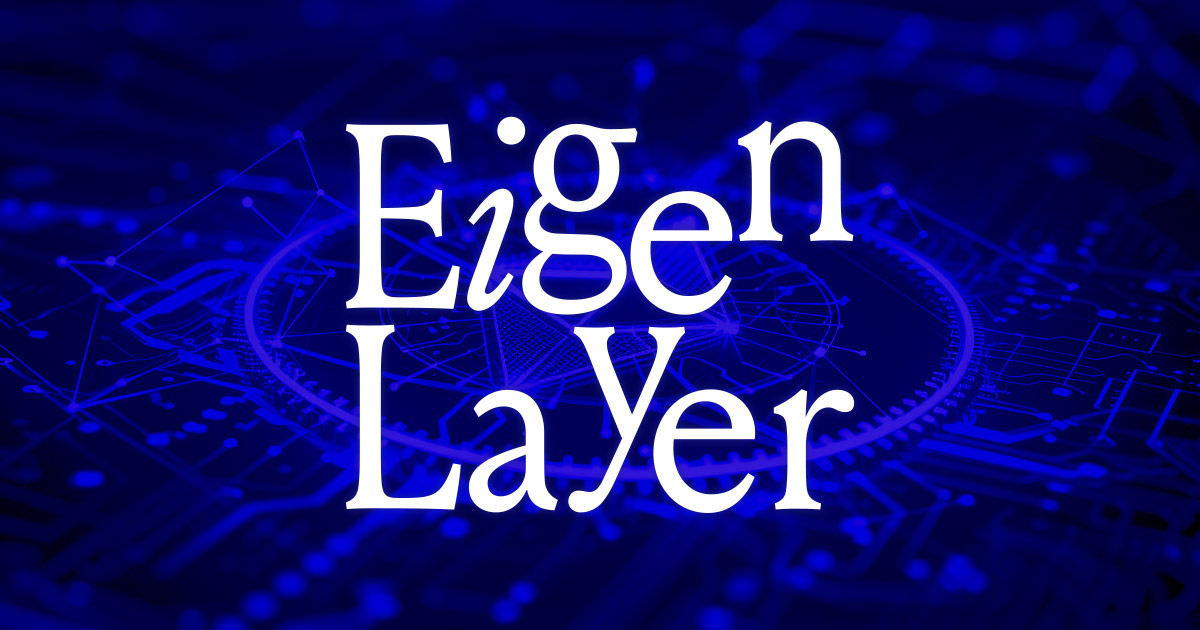EigenLayer has officially launched on the mainnet, marking a milestone for the restaking collective and the broader crypto landscape. The launch, which took place on April 9, allows restakers to delegate to operators of their choice and operators to run actively validated services. Restaking allows ETH stakers to opt in and extends the security of Ethereum to additional applications without the need for separate validator networks, as outlined in the project’s blog.
The protocol, which has attracted billions of dollars worth of customer deposits and exceeded $14 billion in total value locked (TVL), aims to foster more agile, decentralized, and permissionless innovation on Ethereum. By supporting various projects, including data availability services like EigenDA, interoperability layers, and modular execution layers, EigenLayer seeks to lower barriers to entry for new blockchain projects and enhance security for established ones.
However, the mainnet launch has some limitations, as critical components such as in-protocol payments to operators from AVSs and the slashing mechanism are set to be introduced later this year. This phased approach aims to allow the EigenLayer marketplace to develop and stabilize before implementing these features.
The launch follows a multi-phased strategy to ensure a smooth transition, prioritizing security and performance. The first phase, completed with the restaking mainnet launch, will be followed by introducing the operator mainnet and deploying AVSs. This gradual rollout aims to minimize risks, optimize network performance, and ensure a stable and scalable network for all participants.
EigenLayer’s approach to restaking has garnered significant attention and investment from top-tier funds, raising over $64.5 million from Coinbase Ventures and Polychain Capital. The project’s partnerships with leading tech companies and foundations further highlight its potential to shake up the Ethereum ecosystem.
However, not everyone in the community is thoroughly convinced of EigenLayer’s potential to benefit the Ethereum ecosystem. Critics have raised concerns about slashing risks, where validators could face significant asset loss for failing to adhere to contract rules. There’s also concern about yield risks, where pursuing higher rewards could undermine Ethereum’s security. Centralization and collusion risks have been pointed out, with fears that a centralized coordination of Liquid Staking Tokens (LSTs) could lead to governance issues and potential security breaches.
Further, the complexity introduced by restaking could lead to a more fragile system, and Ethereum co-founder Vitalik Buterin has expressed concerns about the impact on Ethereum’s foundational security principles. Additionally, there are fears that restaking could lead to a Ponzi scheme if the model proves unsustainable, emphasizing the need for a cautious approach and robust risk mitigation strategies.
As the launch continues, speculation about a potential token launch or airdrop remains high, but no details have been confirmed. Whether restaking is a benefit or harm to Ethereum, as the protocol continues to develop and attract more projects, its impact on the future of Ethereum and the broader crypto landscape is set to be significant.



